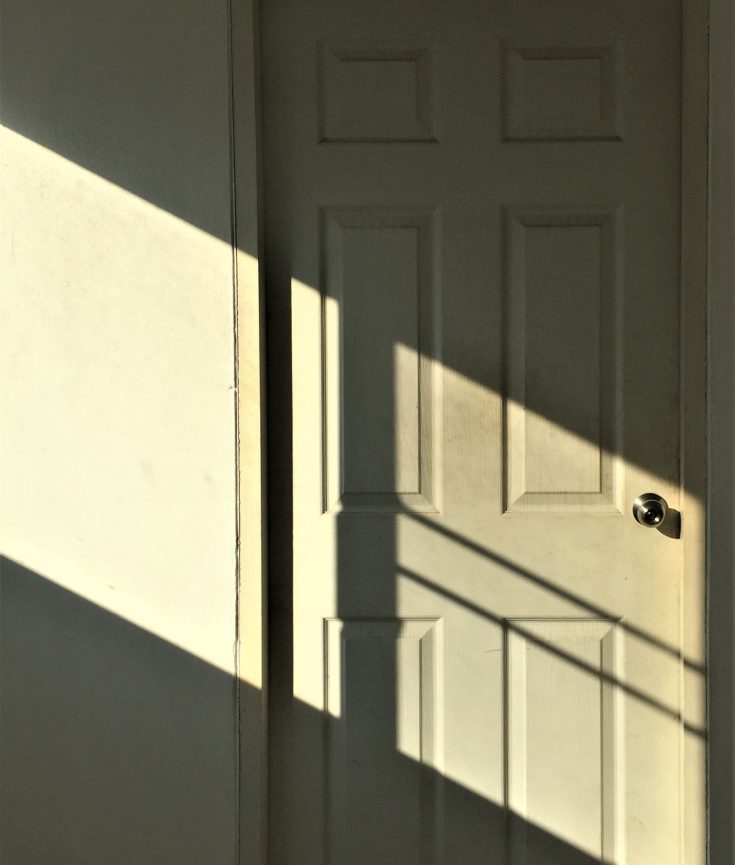A fire door is a very specific device, both in function and legally. Its sole job is to hold back fire for a certain amount of time. However, to legally be sold as a fire door, it needs to conform to a few other conditions. Here is everything you need to know about fire doors.
What is a Fire Door’s Purpose?
Contrary to popular belief, a fire door is not put in place to help extinguish fires. It is true that some people set up their fire doors so that rooms may starve fires of oxygen, but that is not the originally intended purpose of a fire door. A fire door’s only purpose is to hold back fire.
Let’s say you are in a block of flats. You have the middle flat on the middle floor. If you want to escape during a fire, you have to run past other people’s flats. You have to run past their front doors. Now, let’s say that the flat on the left of you is burning, and the flat on the right of you is burning. If those flats have regular doors, then the fire and smoke will come billowing out of their flats. Essentially, you are trapped. However, if your neighbours have fire doors, then the fire stays contained within their flats and you can run by unharmed.
As you can imagine, restaurants often have fire doors in order to contain fires, and stairwells are legally required to have fire doors. Think about if there were a fire on the bottom hall of a building and the fire was able to penetrate its way into the stairwell. That single exposure from the ground floor would make the entire stairwell too hot and smoky to use. However, if there was a fire door holding back the fire and smoke, then the stairwell could be used with ease.
How Does a Fire Door Differ From a Fire Exit?
Do not confuse a fire door with a fire exit. A fire exit is typically made of metal, it cannot be unlocked from the outside, and it usually has a handle for easy opening. When you open a fire door, it is built to stay open until it is manually closed.
A fire door can be locked, and it can be made of metal, wood, glass, plastics, though is usually made with a mixture of fire-resistant or fire-retardant materials. A fire door is supposed to close on its own. That is to say that if you leave a fire door wide open, it will close itself so it is fully shut. Finally, a fire door must hold back fire for at least 30 minutes.
Buying Legally Certificated Fire Doors
If a manufacturer wishes to sell a fire door, and call it a fire door, then the door must be certificated. It must have been designed to hold back fire for at least 30 minutes or 60 minutes. If you see a fire door with the code FD30, then it can hold back fire for 30 minutes even if the fire is pressed against the door. If the door has the code FD60, then it can hold back fire for 60 minutes.
Conclusion – Will Fitting Cost a Fortune?
In the United Kingdom, fire door installers do not need a licence. You simply need to pick a good company to install your fire doors for you. With that in mind, if you are keeping up to code because your insurance company demands it, then you have to show you paid attention to installer competence. For example, if you hired ugly Bob from down the road because he said he was DIY-Handy, then that won’t impress your insurance company.

